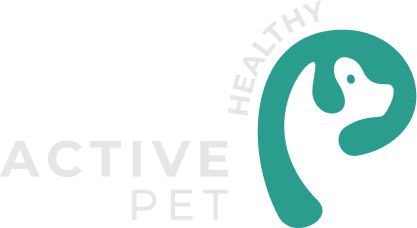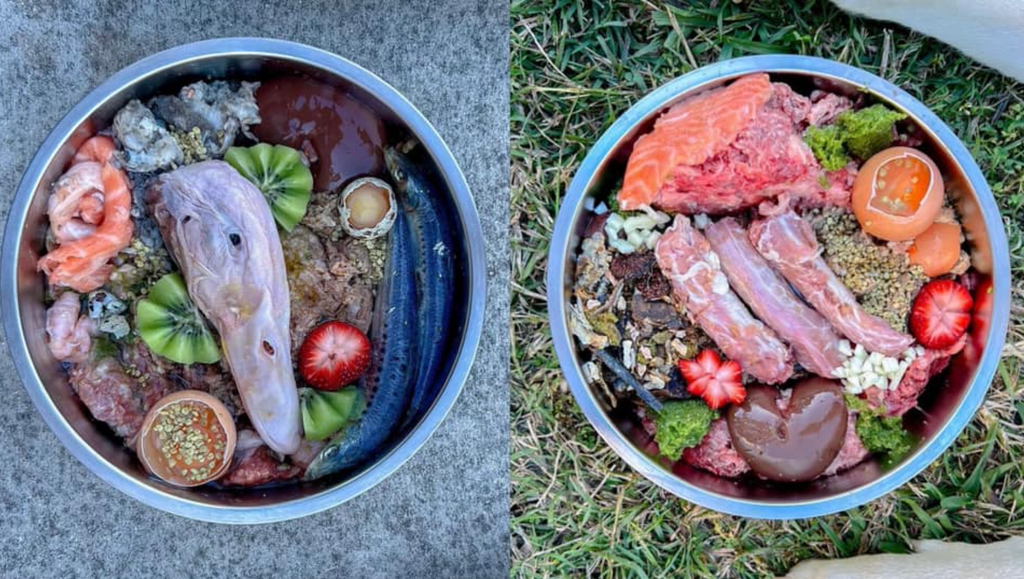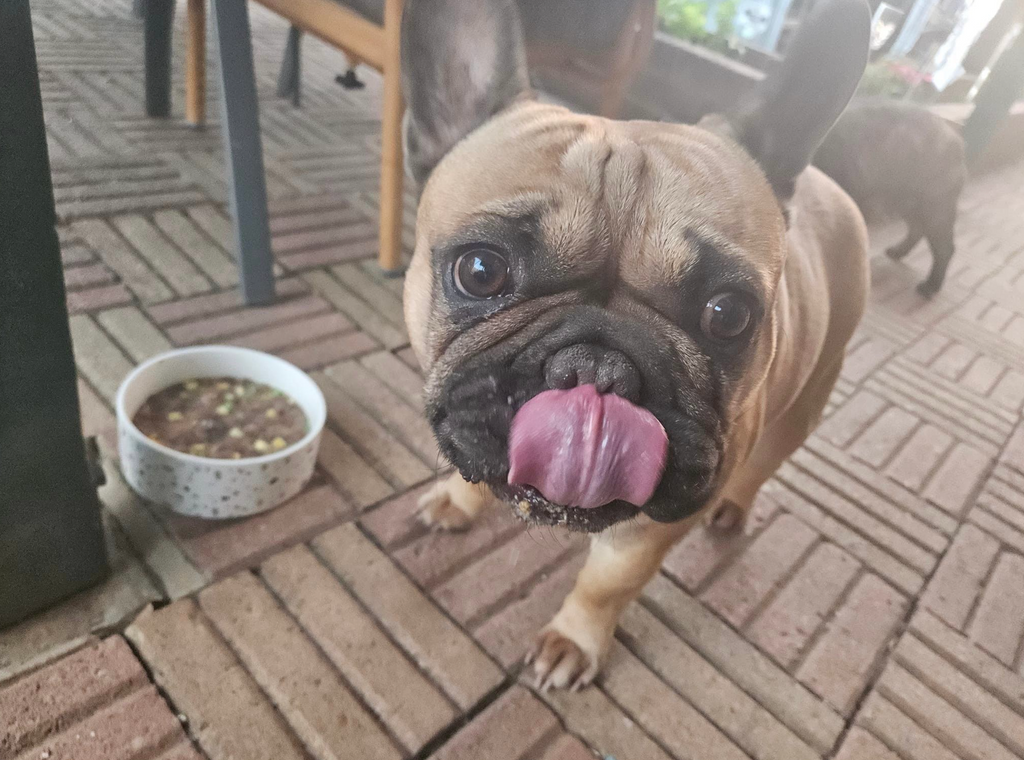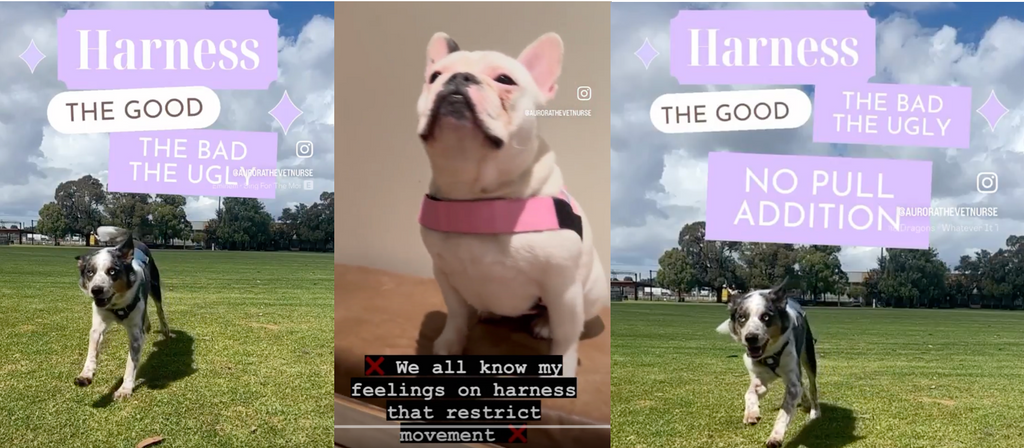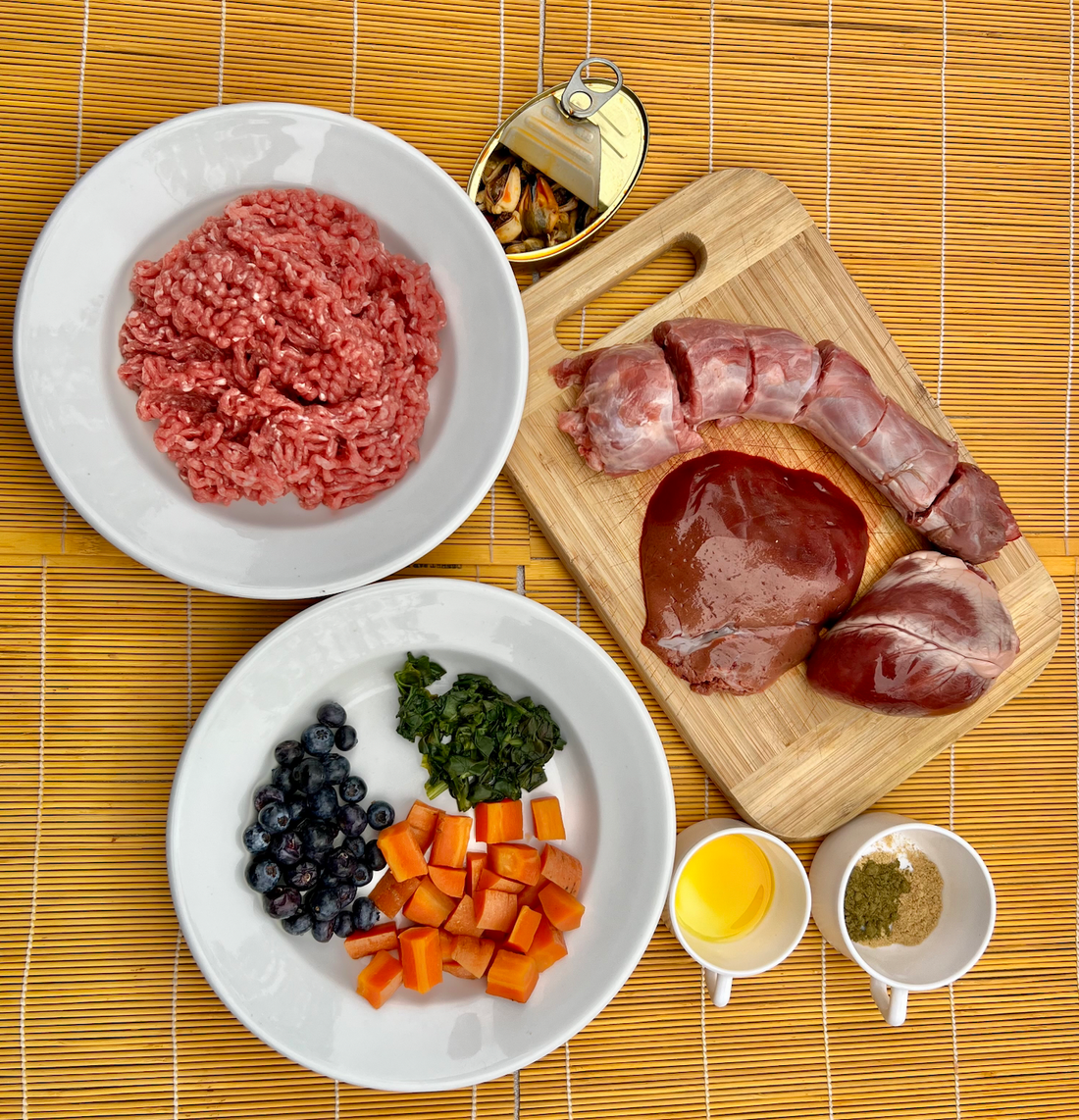
Is a raw feeding diet good for dogs
There is lots of misinformation out in the world about if a raw feeding diet is good for dogs - but we are here to tell you that a raw feeding diet for dogs is amazing and that it can actually help them live longer and healthier lives.
Feeding any living being a highly processed diet is not good for them and just like we know that a processed diet is not good for humans - it is the same for dogs.
If you can feed your dog a raw food diet it will really help their health and weight considerably and at Healthy Active Pet, our pet nutritionists have created a huge amount of recipes and meal plans to make raw feeding dogs easy and healthy.
And you can see some of our raw feeding dog recipes here too.
But why is there so much misinformation out there on raw feeding?
Well it probably comes from a number of places and a lot of people are confused by it. Also the big pet food industry is big and they make a lot of money from selling kibble so it is not in their financial interests to promote raw feeding recipes for dogs.
We have also outlines below some of the common myths around raw feeding dogs and we hope that this clears up some of the confusion
We also have a collection of raw feeding recipe books for dogs but all recipes can be lightly cooked (and we say this on the recipes too) if your dog prefers this.

But as there has been a rise in the awareness of raw feeding for dogs and cats as education around the subject grows, there are also lots of myths around raw feeding that we wanted to BUST today!
5 myths about a raw feeding diet for dogs
1) Myth: Harmful bacteria - My pet will get salmonella from raw meat.
Fact:
You may hear scary statistics about dogs shedding salmonella, but it’s important to look at these in context.
While it’s true that around 15% of household pets shed salmonella, this is regardless of what they are fed.
It’s also important to remember that not all salmonella is pathogenic, salmonella lives in the gut of dogs and cats and those 15% of pets that shed salmonella are clinically healthy.
And when we say they “shed” salmonella, this means that it’s in their waste.
We highly recommend that you avoid getting up close and personal with your pet’s poo for any reason!
Salmonella can only survive in higher pH conditions (4-8+) and requires at least 12 hours to incubate. The hydrochloric acid in a carnivore’s stomach is a protective component against pathogens.
Their stomach is highly acidic (about a pH 1) and their digestive system is short and lacks complexity. Bacteria is typically killed when ingested and passed within 4-6 hours as waste.
Since the time to complete digestion is very short, the bacteria does not stay in the body for long.

When we look at salmonella in food, the top 3 causes of salmonella outbreaks in Australia in 2016 were mung beans, bagged salad and bakery products, meanwhile salmonella is the leading cause of recalls for dry dog food!
In reality, Australia has very strict regulations in place for the human supply chain, especially when it comes to meat (and rightly so), whereas the pet food industry and the pet meat supply chain is regulated independently and at a lower standard or, in some cases, not at all .
2) Myth: Cooked versus raw - Feeding cooked meat is better than raw.
Fact:
Cooking meat will destroy or alter some proteins, vitamins, fats, and minerals. In contrast, other nutrients are liberated via cooking as they are not bioavailable in their raw form. Therefore, cooking food makes some nutrients less available and other nutrients more available.
If you do fall into one of the higher risk categories or you’re still just not comfortable feeding raw, you can lightly cook your dog’s food, which will kill off any pathogens and retain almost all of the nutrients.
Just don’t overcook it as this may begin to deplete some heat sensitive nutrients, and remember that cooked food weighs less because water evaporates through heating, so always base your portions on the raw weights.

3) Myth: Raw bones are dangerous because they splinter.
Fact:
A very common misconception about feeding bones is that all bones are dangerous.
In reality, many raw bones are great for pets and are totally safe.
Raw bones are softer and easier to digest in comparison to cooked or dehydrated bones. Cooking or dehydrating bones removes the moisture from the bones which makes them hard and brittle.
They can splinter when eaten and be difficult to digest, which can result in harmful intestinal perforations or blockages. This is where the idea originates that bones are dangerous.

4) Myth: Puppies and kittens are too young and small to have raw bones.
Fact:
The same rules for feeding raw bones to adult pets apply to puppies and kittens as well. Giving raw bones to puppies and kittens is totally safe when providing the appropriate size meaty bones for the size and age of the pet.
Additionally, meaty bones are a source of calcium and phosphorus which are essential nutrients for growing pets.
Smaller bones are recommended to start with and work up to larger bones as the pet grows. If the puppy or kitten is weaning from the mother, raw grinds with bone ground in is ideal in the very beginning until they can begin chewing whole foods.
5) Myth: Large and giant breed puppies should not be fed raw because it will affect their growth.
Fact:
Large and giant breed puppies are no different than any other puppy in their nutritional requirements. Like all other breeds, large and giant puppies need to grow very slowly to avoid developing joint and bone issues.
They do have specific recommendations to maintain a balanced calcium to phosphorous ratio closer to 1.2:1, whereas small breeds have a bit more flexibility here. However, this does not mean that large or giant breed puppies cannot eat a raw diet during their developmental periods.
Remember, each dog (and puppy) is an individual – the guidelines provided are just starting points. The diet should be adjusted to provide sufficient calcium and phosphorus as well as a balanced Ca:P ratio. You can also see our Puppy Raw Feeding Recipe Book and Plan here
Summary
As long as pet parents are following the correct feeding guidelines and using safe food handling practices, raw feeding should pose no risk to pets.
It is important not only to do research before starting a raw diet, but also to verify that the information used is from a reputable, knowledgeable, and reliable source.
If you are looking to start Raw Feeding try our Ultimate Raw Feeding Recipe Book here which also have full guidelines and information on raw feeding so you learn about the best solution for your dog PLUS all our raw dog food recipes have been formulated to meet the AAFCO standards

